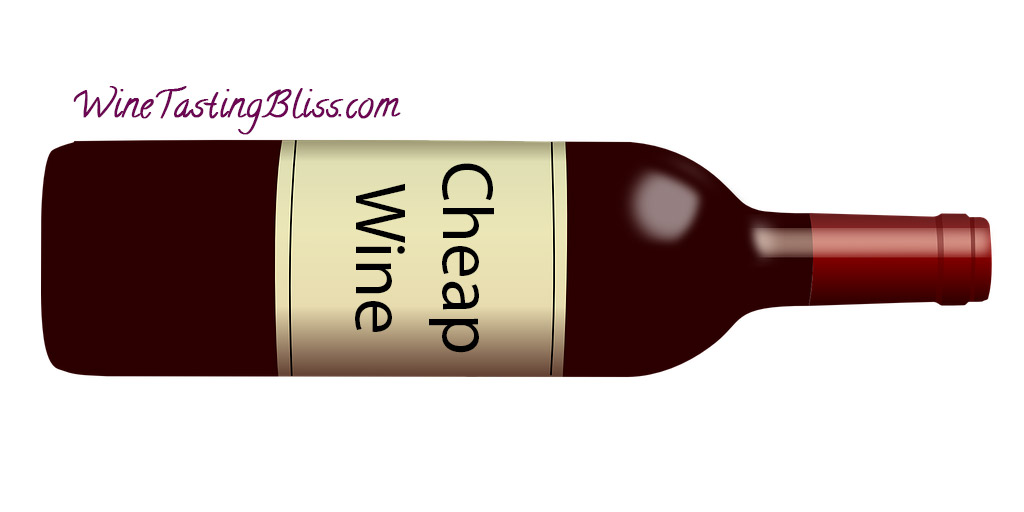They say, “Life is too short to drink cheap wine.” Does that mean that we must empty our checkbook to drink good wine? Not necessarily, if you know where to look.
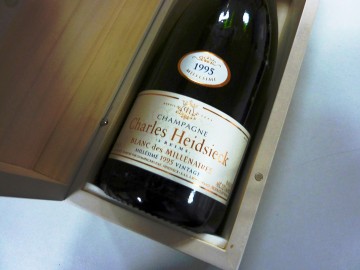 In many things, you get what you pay for. Pay a little more, get a little more. A premium price usually results in a premium product. Wine, in general, follows this pattern. People speak of “Two Buck Chuck” with an air of superiority. But does a $100 bottle of wine taste twice as nice as a $50 bottle? Or four times better than a $25 bottle? Many times, a bit of work on your part can pay huge dividends in your wine glass.
In many things, you get what you pay for. Pay a little more, get a little more. A premium price usually results in a premium product. Wine, in general, follows this pattern. People speak of “Two Buck Chuck” with an air of superiority. But does a $100 bottle of wine taste twice as nice as a $50 bottle? Or four times better than a $25 bottle? Many times, a bit of work on your part can pay huge dividends in your wine glass.
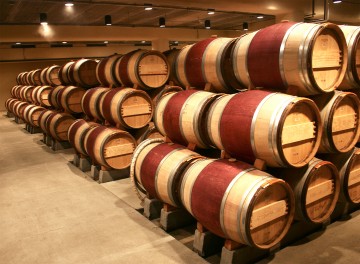 Wine can be very expensive to produce. It takes a long time to make, using a lot of expensive equipment and materials, and plenty of skilled labor. Years after the process began, there’s finally something to sell (once it is put in a bottle, corked, sealed, and labeled) but the outcome is far from certain. All that expense and uncertainty means that cheap grape juice usually ends up as a pretty expensive bottle of wine. Usually, but not always. There are ways to make cheap wine that is also good wine.
Wine can be very expensive to produce. It takes a long time to make, using a lot of expensive equipment and materials, and plenty of skilled labor. Years after the process began, there’s finally something to sell (once it is put in a bottle, corked, sealed, and labeled) but the outcome is far from certain. All that expense and uncertainty means that cheap grape juice usually ends up as a pretty expensive bottle of wine. Usually, but not always. There are ways to make cheap wine that is also good wine.
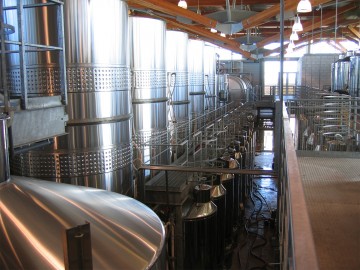 One way to keep the cost of wine down is to make it in bulk. Very large production lots allow wineries to spread their equipment costs over many thousands of gallons of wine. Automation helps reduce labor costs, and huge batches reduce uncertainty from batch to batch. The result can be good wine at a good price. Check out the Malbecs from Argentina or some Cabernet Sauvignon from Chilé or Australia. Low agricultural costs plus massive volumes can equal some nice values.
One way to keep the cost of wine down is to make it in bulk. Very large production lots allow wineries to spread their equipment costs over many thousands of gallons of wine. Automation helps reduce labor costs, and huge batches reduce uncertainty from batch to batch. The result can be good wine at a good price. Check out the Malbecs from Argentina or some Cabernet Sauvignon from Chilé or Australia. Low agricultural costs plus massive volumes can equal some nice values.
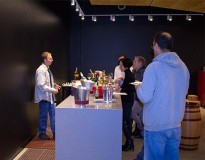 These wines aren’t sold in fancy tasting rooms. Instead, think supermarkets and specialty stores like Trader Joe’s where wine plays a small role in their line-up. That makes finding the winners a challenge, but well worth the time. Many supermarkets now provide wine tasting opportunities that you can integrate with your quest for kale and almond milk. Major wine stores like K&L Wines have knowledgeable staff who are very helpful regardless of your target price range, and even value-focused wine tasting events.
These wines aren’t sold in fancy tasting rooms. Instead, think supermarkets and specialty stores like Trader Joe’s where wine plays a small role in their line-up. That makes finding the winners a challenge, but well worth the time. Many supermarkets now provide wine tasting opportunities that you can integrate with your quest for kale and almond milk. Major wine stores like K&L Wines have knowledgeable staff who are very helpful regardless of your target price range, and even value-focused wine tasting events.
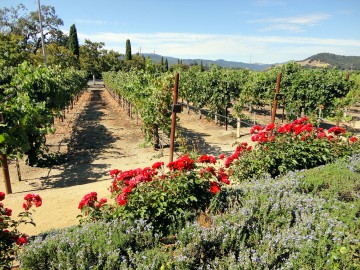 Another approach to finding good wine at a low price is to frequent tiny wineries. Mom and Pop wineries, if you will. If they grow their own grapes on their own property, or buy “remainder” grapes from vineyards after they’ve filled all their larger winery purchase contracts, the cost of grape juice is very reasonable. The labor-intensive winemaking chores are done by Mom or Pop, further controlling costs. Small wine lots means a small investment in barrels and not a lot of money tied up in the wine aging within them. All those cost savings can result in very good pricing on the resulting wine. Their “labor of love” can be your value-priced wonder wine. These smaller wineries are harder to find, but well worth the search. In fact, that’s part of the genesis of this blog. These tiny jewels can deliver amazing wine at VERY affordable prices.
Another approach to finding good wine at a low price is to frequent tiny wineries. Mom and Pop wineries, if you will. If they grow their own grapes on their own property, or buy “remainder” grapes from vineyards after they’ve filled all their larger winery purchase contracts, the cost of grape juice is very reasonable. The labor-intensive winemaking chores are done by Mom or Pop, further controlling costs. Small wine lots means a small investment in barrels and not a lot of money tied up in the wine aging within them. All those cost savings can result in very good pricing on the resulting wine. Their “labor of love” can be your value-priced wonder wine. These smaller wineries are harder to find, but well worth the search. In fact, that’s part of the genesis of this blog. These tiny jewels can deliver amazing wine at VERY affordable prices.
So if you don’t have a wine budget that matches your enthusiasm for wine, the gap can be closed by substituting some sleuthing on your part. Talk to friends with similar palates and incomes, check out the tasting schedules at the local wine shops, and keep an eye on wine blogs that celebrate small wineries. Not only will you stretch your wine budget, but you will learn a lot about wine and have some great stories to tell your friends as they drink your wine!
Cheers!
About the Author: John grills a mean steak and is always in the market for another wine fridge. Believes that if a winery has more than 10 employees, it's probably too big. Buys wine faster than he drinks it, but who cares?

